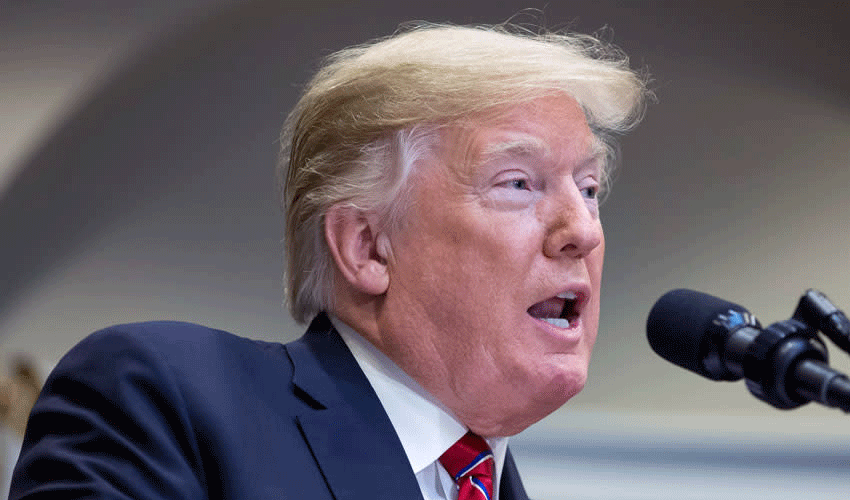U.S. President Donald Trump has announced a significant escalation in his administration’s trade policy, declaring that tariffs on imported steel and aluminum would be raised from 25 percent to 50 percent, a move that has drawn sharp criticism from several key allies and business groups. Speaking at a rally in Pennsylvania, Trump said the decision was aimed at protecting American steelworkers and reviving domestic manufacturing. “We are going to be imposing a 25 per cent increase. We’re going to bring it from 25 per cent to 50 per cent — the tariffs on steel into the United States of America, which will even further secure the steel industry in the United States,” he said at the event held near Pittsburgh, a city once known for its steel mills.
The announcement came as Trump touted a $14.9 billion deal between Japan’s Nippon Steel and US Steel, claiming both the new tariffs and the acquisition would preserve American jobs and strengthen the nation’s industrial base. Later, in a post on his social media platform, Trump confirmed that the increased tariffs would also apply to aluminum products, with the measures set to take effect on Wednesday.
The decision triggered a rally in steel-related stocks, with shares of Cleveland-Cliffs Inc, a major domestic steel producer, surging 26 percent in after-hours trading. Investors appeared optimistic that the enhanced duties would boost profit margins for US manufacturers by reducing foreign competition.
However, the move has reignited tensions with several US trading partners and prompted swift condemnation. Canada’s Chamber of Commerce termed the tariff hike “antithetical to North American economic security,” warning that unraveling integrated supply chains between the two countries would lead to higher costs for industries and consumers on both sides of the border. “Unwinding the efficient, competitive and reliable cross-border supply chains like we have in steel and aluminum comes at a great cost to both countries,” said Candace Laing, president of the Canadian chamber.
Australia’s government also voiced strong opposition to the decision. Trade Minister Don Farrell described the move as “unjustified and not the act of a friend,” saying it amounted to economic self-harm that would ultimately burden businesses and consumers who rely on open trade. “Australia will continue to engage and advocate strongly for the removal of the tariffs,” Mr. Farrell said in a statement.
The announcement marks a significant development in what observers have described as a renewed trade war. It came just hours after Trump accused China of reneging on a bilateral understanding to jointly ease tariffs and trade barriers for critical minerals.
The United States, excluding the European Union, is the world’s largest importer of steel, bringing in 26.2 million tonnes in 2024 alone, according to figures from the Department of Commerce. Industry experts say the new tariffs are likely to push prices higher across the board, affecting sectors ranging from construction to consumer goods.
The tariffs, implemented under Section 232 of the Trade Expansion Act, are justified on the grounds of national security. They cover a broad spectrum of goods, including raw metals and downstream products such as stainless steel sinks, horseshoes, air conditioner coils, and aluminum cookware. Data from the US Census Bureau, retrieved via the International Trade Commission, indicates that the 289 product categories subject to the duties accounted for $147.3 billion in import value in 2024 — with nearly two-thirds representing aluminum products and the remainder steel.
Trump’s move to double tariffs on metals significantly exceeds the scope of his earlier trade policies during his first term, when his initial round of tariffs on Chinese industrial goods amounted to $50 billion annually. Analysts note that the timing of the announcement, made in the battleground state of Pennsylvania, underscores the political dimensions of the move, with Trump seeking to shore up support among blue-collar workers ahead of the presidential election. The Mon Valley Works facility, where the rally was held, has long been a symbol of both the rise and decline of America’s industrial might — particularly in the Rust Belt, a region that has borne the brunt of global competition and industrial outsourcing.



